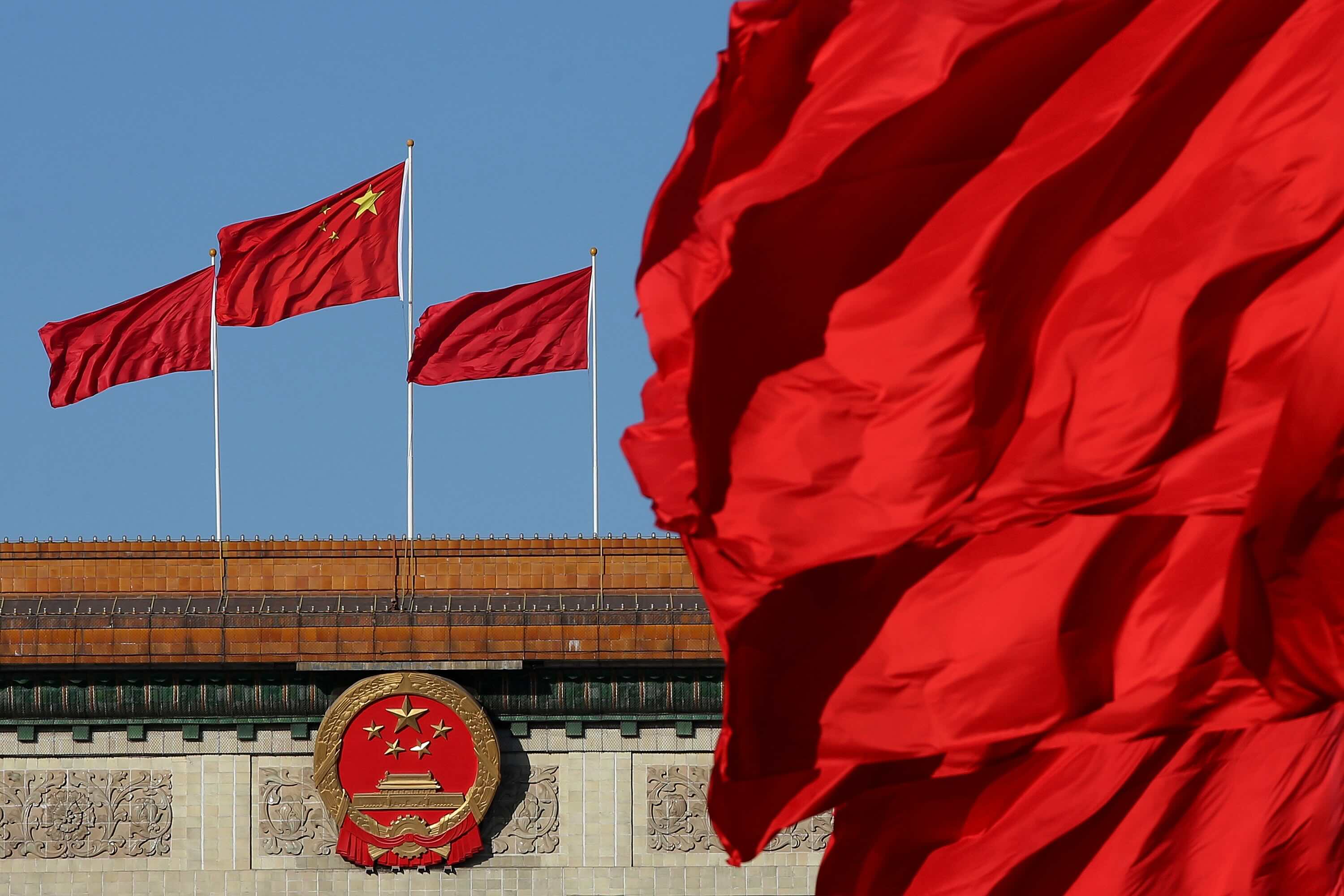Women Shun Marriage and Motherhood, Driving China Toward Population Crisis and Economic Slowdown

China is facing a demographic and economic crisis as women increasingly reject marriage and motherhood, despite the government’s efforts to reverse the trend. Experts warn that this cultural shift could have severe long-term consequences for the nation’s population stability and economic growth.
Young women in urban areas, like 25-year-old Janet Song from Guangzhou, are vocal about their reluctance to marry or have children. "Marriage and childbirth are almost synonymous with the stress of life for us young people," said Song, who works at a pet café. This sentiment is echoed by many of China’s Gen Z, who find modern urban life more conducive to single living.
The average age of marriage in China has been steadily rising, jumping from 23.59 years in 1980 to 28.67 in 2020. The rise has been more pronounced among women, with the average marriage age increasing from 24 years in 2010 to 27.95 in 2020.
Several factors are driving this trend. Financial insecurity, high living costs, and a desire for gender equality are discouraging many women from pursuing marriage. Author and social commentator Lijia Zhang noted, "Plenty of assertive young women no longer see marriage as a necessary rite of passage or ingredient of happiness."
The youth are also increasingly concerned about economic instability. With rising unemployment, many feel they cannot afford to start a family. Jacey Zhang, a 27-year-old from Beijing, expressed doubts about her ability to raise children. "Without a job, you can't find a spouse. One person has enough to eat, and the whole family is not hungry," she said.
China’s population structure has shifted dramatically, forming what experts call an “inverted pyramid,” with a growing elderly population and a shrinking number of children. In 2023, the number of newborns dropped to 9 million from 17 million in 2017. The fertility rate has plunged to 1.3 children per woman, far below the replacement level of 2.1 needed for a stable population.
In response to the crisis, Beijing scrapped its controversial one-child policy in 2016 and later allowed families to have up to three children. Even President Xi Jinping urged women to leave their jobs and focus on childbearing. Yet, these pronatalist policies have failed to produce the desired baby boom.
The decline in marriage and birth rates persists, reflecting a broader cultural shift. Fang Xu, a university lecturer, defied government calls to focus on family life. "As a woman with a college degree, you want me to give up my career, be a good wife and mother, and serve you? Why should I live such a life?" she questioned.
The Chinese government is now grappling with the consequences of its past policies. Emma Waters, a senior research associate at the Heritage Foundation, noted that Beijing had anticipated a baby boom once restrictions were lifted, but the opposite has occurred. Birth rates have continued to decline, even after an initial spike.
According to the China Development Report 2023, the birth rate is expected to decline for the foreseeable future, with the number of births decreasing by about one million every decade. This will exacerbate the country's demographic challenges, leading to further economic slowdowns.
Darren Tay, head of Asia country risk at BMI, warns that China’s shrinking workforce will drag down GDP growth by 1 percent annually over the next decade. Prominent labor economist Cai Fang echoed these concerns, stating that if China cannot address its population pyramid paradox, it could face worsening conflicts between consumer demand and demographic shifts, significantly heightening the risk of economic shortfalls.
With Beijing's pronatalist efforts falling short, the future of China’s population and economy remains uncertain.




![From Kathmandu to the World: How Excel Students Are Winning Big [Admission Open]](https://nepalaaja.com/index.php/img/70194/medium/excel-college-info-eng-nep-2342.jpg)
